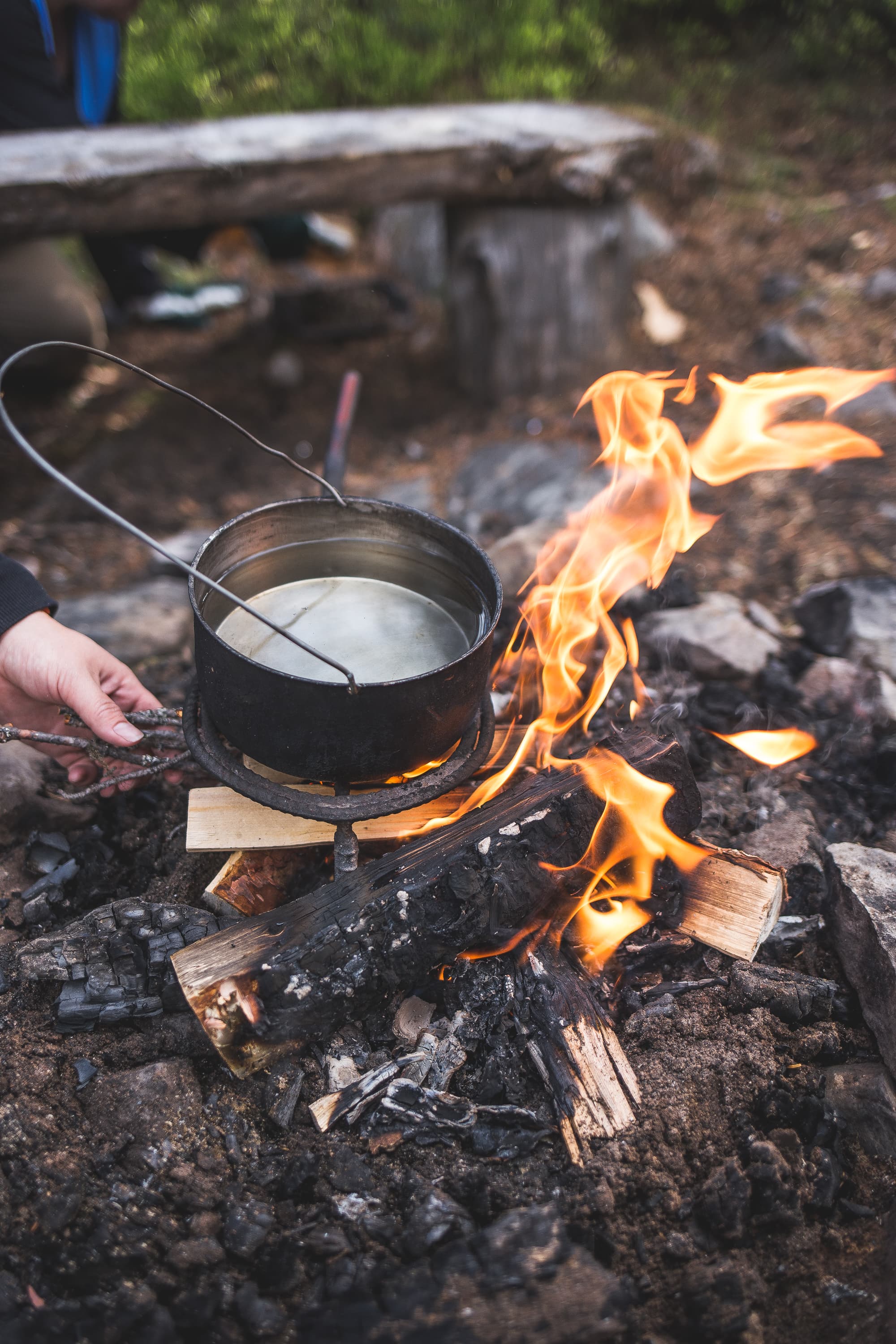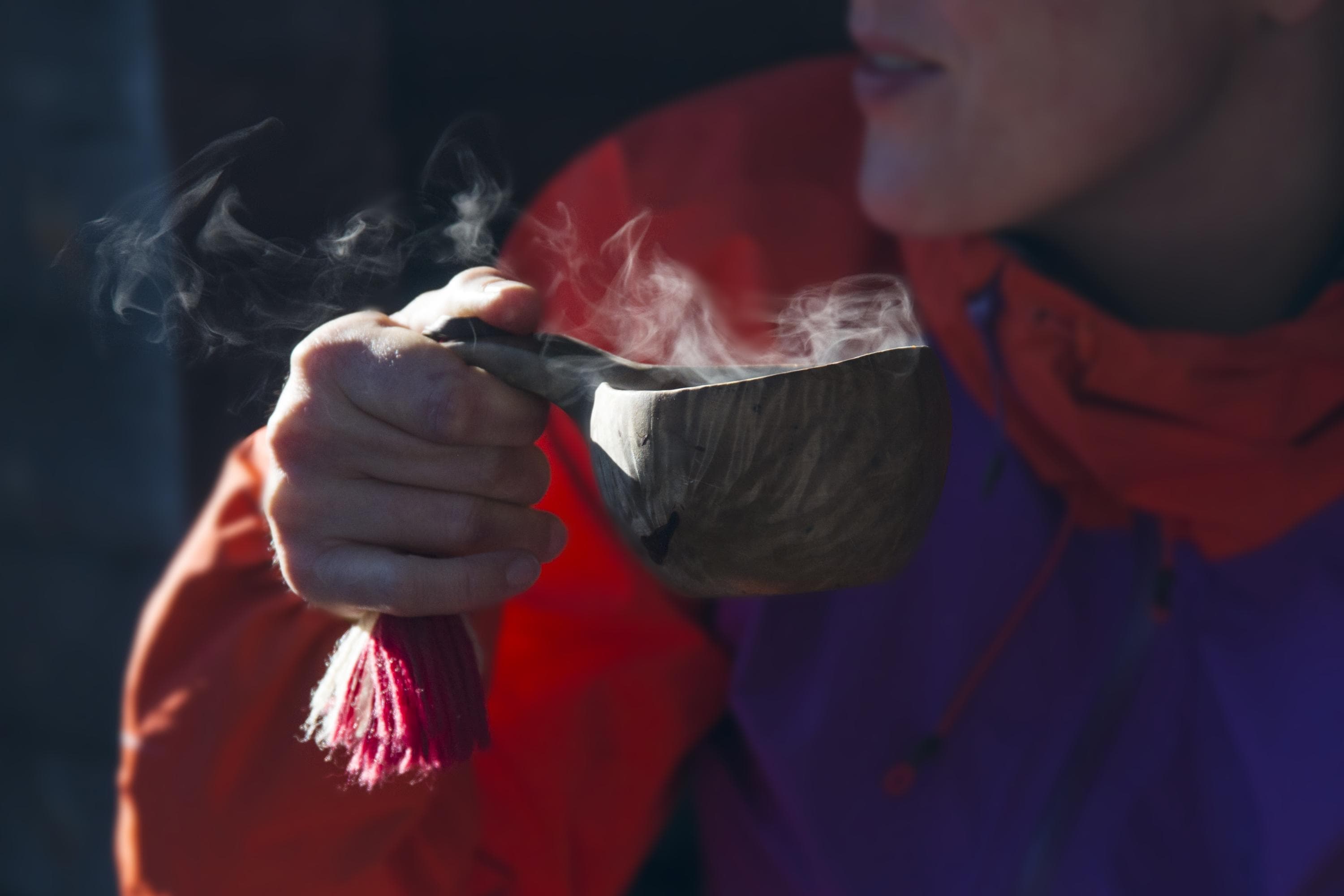Instructions for hikers who develop gastroenteritis at a destination
Gastroenteritis commonly occurs in northern Finland, especially during the early spring in March and April. You can contract gastroenteritis on your way to the destination, and it can make your time out in the field particularly miserable.
Text: Ilkka Numminen is a communications specialist at Metsähallitus, Parks & Wildlife Finland.
When gastroenteritis catches you by surprise on a hike, you’ll need to stay hydrated, eat what you can and rest. You’ll also need to consider whether you can get yourself out and how to take other hikers into account when you are ill.
When a hiker is suffering from gastroenteritis at a destination, it is important to
- ensure good hand hygiene: wash your hands and use hand sanitiser.
- Avoid touching common surfaces in the hut and immediately clean up any vomit and diarrhoea.
- Avoid contaminating water sources with any secretions/excretion.
- If you cannot get yourself out, you will need to contact the emergency response centre by calling 112.
Anyone falling ill with gastroenteritis are urged to leave the hiking facilities, such as a wilderness hut or lean-to shelter, if their condition allows. If you cannot leave the area, you should avoid physical contact with other hikers and move away to rest in, for example, a tent. Packing your own shelter is recommended throughout the year.
When you have gastroenteritis, you must drink enough liquids and eat easily digested foods, also when you are out in the field. Surface water, such as from streams, rivers or lakes, should not be used for cooking or drinking if it has not been treated or filtered. Surface water should be boiled for at least five minutes to kill any microorganisms in it. You can make potable water by melting and boiling snow or ice provided that you take the snow or ice from a clean place. Bacteria can multiply in warm water, so melting snow to make drinking water at room temperature is not recommended without boiling it first.
The cleanliness of any water containers used must also be ensured. Wash and rinse dishes and cutlery far enough away from the shore of a stream, river or lake. Do not wash your hands or dishes in the clean water buckets found in huts.
If cases of gastroenteritis have been reported in certain open wilderness huts, you should make plans to skip those huts. If you will be staying at a hut, be sure to bring along hygiene supplies such as hand sanitiser, wet wipes, toilet paper, protective gloves and disinfectants. Packing hygiene supplies is always a good idea.
One of the principles of litter-free hiking is that litter is always packed out with you. If nature calls and there is no dry toilet nearby, you can dig a small hole in the ground for your needs. Used toilet paper can be packed out in a small bag.
When cleaning surfaces, chlorine or hydrogen peroxide and peracetic acid-based disinfectants are most effective against norovirus. Strong detergents should not end up in nature. You can ask a health care professional for more information on the effects that different agents have on pathogens.
Before setting out, hikers should always check the current information on the destination. Metsähallitus Parks and Wildlife provides information on reported cases of gastroenteritis on the Nationalparks.fi website of the destination(s) in question and on its social media channels.
You are requested to notify the nearest health care unit of any cases of gastroenteritis. In Lapland, the contact details of public health centres can be found on the website of the Wellbeing Services County of Lapland (lapha.fi).
The article contains expert information from health protection and health care professionals from Fell Lapland Environmental Health Services and the Wellbeing Services County of Lapland. In matters related to health care, you should always familiarise yourself with the knowledge offered by health experts. Metsähallitus Parks and Wildlife is responsible for maintaining hiking services in national parks and other state-owned nature reserves.

